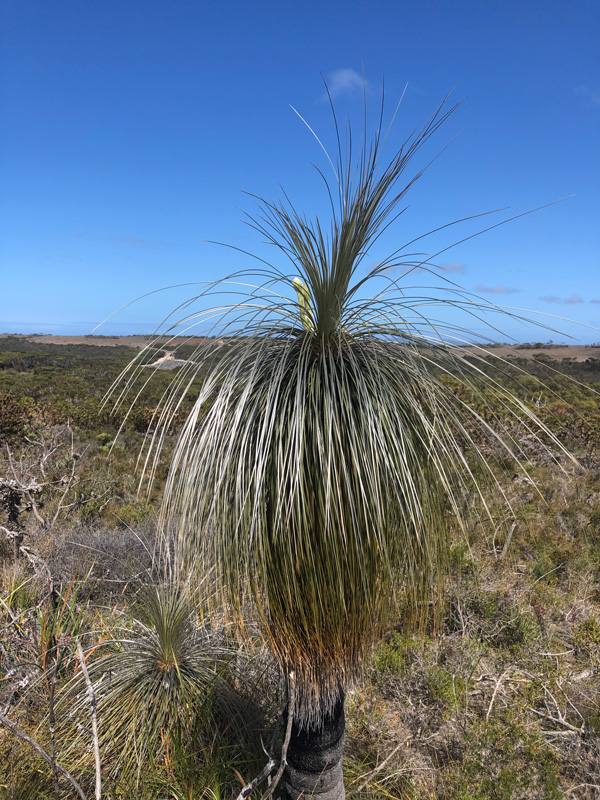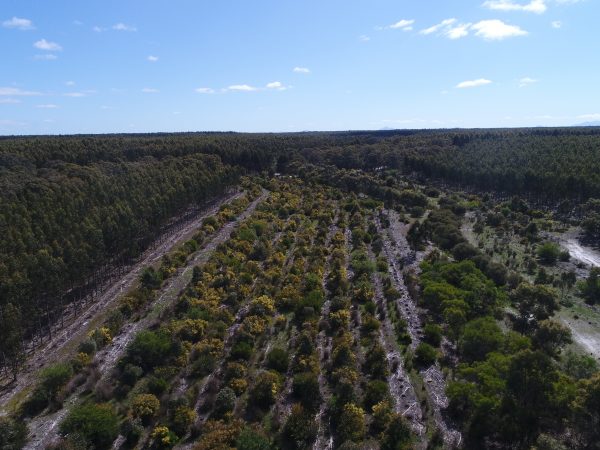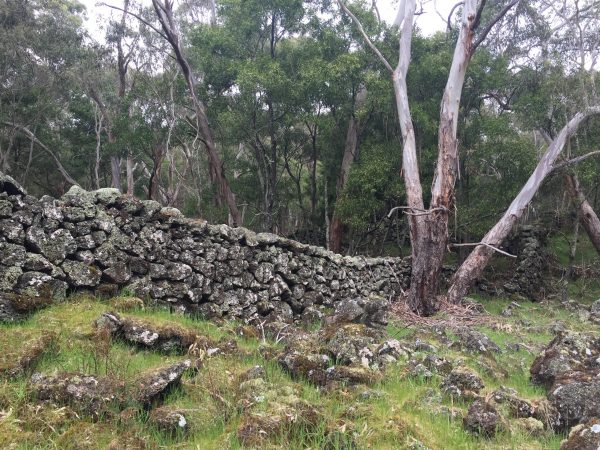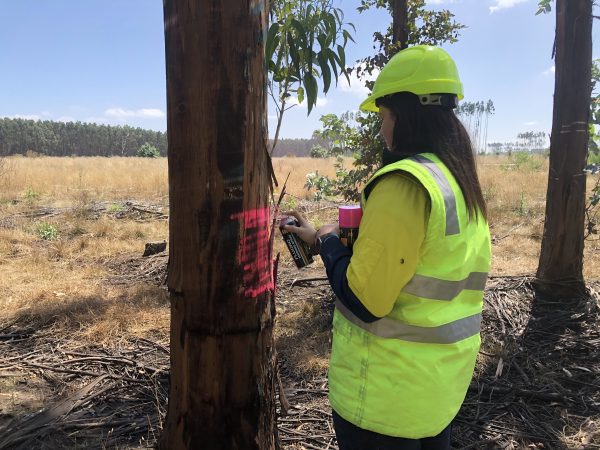ABP is committed to conserving and protecting the environment and its cultural heritage values within our forestry estate. We work in accordance with relevant Commonwealth and State legislation, codes of practice, local planning schemes and other requirements applicable to our operations. ABP management systems are inspected and certified to internationally-recognised Forest Stewardship Council® (FSC-C019740) benchmarks for forest management and chain of custody.

A best practice approach has been integrated into ABP’s policies where the aim is to have nil or minimal impact on the environment and to instead have a positive impact where possible. Our forest management system includes procedures, practices and risk management principles which help mitigate the environmental impact of our activities. Training of staff and contractors along with stakeholder consultation also ensures good forest stewardship.
Blue gum plantations have a positive impact on the environment in many ways including:
- Reducing salinity and improving water quality.
- Conserving soil and reducing wind and water erosion impacts.
- Providing corridor zones and protection for wildlife in an altered landscape typically devoid of large scale vegetation.
- Improving biodiversity by protecting and restoring remnant vegetation and habitats that potentially house threatened animals, plants and ecosystems.
- Storing atmospheric carbon.
Works Program

ABP manages a diverse environmental works program across its estate. This program includes restoration, revegetation and habitat enhancement which includes, for example:
- Direct seeding or planting of tube stock to restore native habitat on ABP properties.
- Installation of nest boxes for threatened species such as micro-bats, gliders and the South Eastern Red-tailed Black Cockatoo.
- Blocking of old drains to re-flood and restore wetlands.
- Continual surveying and monitoring to assess condition of natural values and habitat and its use by native species. This may involve permanent photo record points, wildlife camera traps or traditional on ground surveys.
- Controlling and monitoring feral pests and invasive weeds.
Where possible these programs are undertaken with neighbouring landholders, managers and Landcare groups in order to achieve desired results. In the Green Triangle ABP works with the Nature Glenelg Trust to identify significant wetlands for restoration for example, and in WA the fox control program with the Wilson Inlet Catchment Committee is in its third year.
Cultural Heritage

ABP acknowledges the traditional custodians of the land on which it operates and understands its responsibility to protect Indigenous heritage sites within the estate.
In addition to Indigenous sites, cultural heritage also includes the protection of both historic and archaeological precincts. There are comprehensive processes in place to identify and manage cultural heritage locations. Surveys are conducted at the time of land acquisition and pre-harvest. ABP welcomes Indigenous and community group input into the management of places of significance.
Koala Program

ABP has a zero harm goal for the tens of thousands of koalas that have moved into our plantations from nearby national parks. In December 2013, ABP implemented a new policy that involved dividing our estate into two zones based on whether koalas are likely to be present in plantations. Any harvest operations in the ‘koala zone’ must have expert spotters deployed to work ahead of the harvest machines to identify koalas. Once located, the koala’s tree and nine surrounding trees are left in a cluster and remain standing until the koala leaves.
ABP was the first company to develop and implement the practice of using koala spotters, now a standard practice by all plantation companies operating in the koala zone. ABP remains committed to the hardwood plantations industry’s ultimate goal of zero harm to koalas and is committed to doing all that is reasonable to achieve this goal. ABP is continually reviewing, trialling and adapting new technologies and work practices to respond to the increasing koala population and challenges involved in locating koalas in dense foliage.
ABP now has significant experience with the deployment and utilisation of koala spotters. Based on the information gathered from spotters, further understanding of koalas and their behaviours, continuing trials of new technologies and extensive expert engagement, ABP’s koala program continues to improve. ABP, along with other companies operating in the koala zone, are constantly testing new techniques to locate koalas and reduce interactions during forestry operations. The use of drones with high-resolution and infra-red cameras to locate koalas is proving to be a useful tool, however the ability to locate koalas in various weather conditions using drones is inconsistent and the effectiveness of this new technology is limited. ABP has also attempted a number of other techniques including noise deterrents and grazing cattle inside plantations. Human spotters have proven to be the most effective means of consistently locating and protecting koalas.
In 2017, the blue gum industry and the Victorian Government’s Department of Environment, Land, Water and Planning established new requirements to assist with the protection of koalas in blue gum plantations. Under these Koala Management Plans, ABP is approved by the Victorian Government to continue harvesting while deploying spotters in ‘koala zone’ plantations.
ABP is a significant regional employer and an important contributor to the Victorian economy. ABP operates to maintain the economic benefits of plantation forestry while upholding environmental, social and cultural best practices.
For more details on the ABP Koala Program, please email us at contact@austgum.com.au.